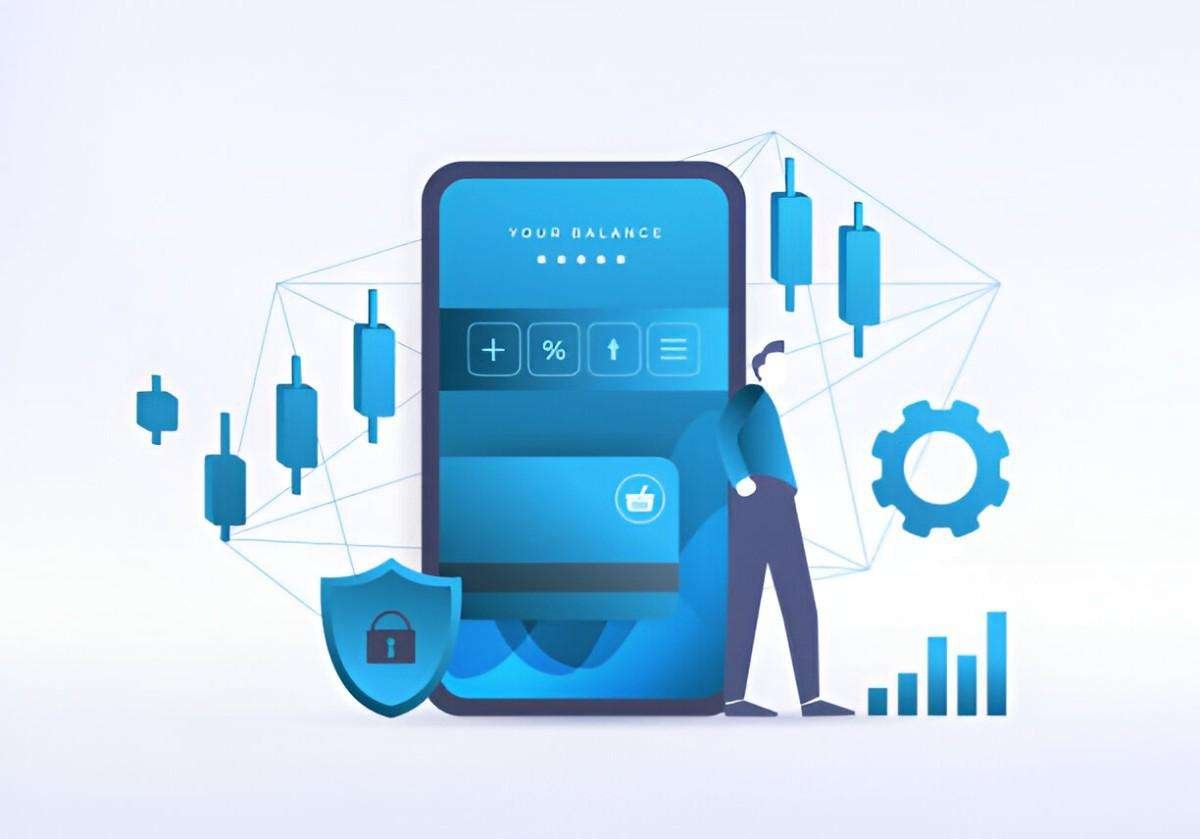Introduction
Enterprise asset management (EAM) relies on efficient tracking, security, and operational transparency. Traditional asset management methods often suffer from inefficiencies, fraud, and high costs. Blockchain presents a compelling alternative by providing a decentralized, immutable ledger system. In this article, I will explain how enterprises can integrate blockchain into EAM, discuss benefits, challenges, and implementation steps, and use practical examples to illustrate key points.
Table of Contents
Understanding Blockchain in Enterprise Asset Management
Blockchain functions as a distributed ledger where records are stored in blocks linked in chronological order. Unlike centralized databases, blockchain ensures transparency and security without relying on intermediaries. The following table outlines key differences between traditional EAM and blockchain-based EAM.
| Feature | Traditional EAM | Blockchain-based EAM |
|---|---|---|
| Data Storage | Centralized database | Distributed ledger |
| Security | Prone to data tampering | Immutable and encrypted |
| Transparency | Limited visibility | Full auditability |
| Cost | High operational costs | Reduced transaction fees |
| Efficiency | Manual reconciliation needed | Automated verification |
Benefits of Blockchain in EAM
1. Enhanced Security
Blockchain employs cryptographic hashing and consensus mechanisms, making unauthorized alterations nearly impossible. For instance, if an enterprise records an asset transfer on the blockchain, any attempt to alter this record will be rejected unless validated by all network participants.
2. Improved Traceability
Each asset transaction gets recorded in real time, reducing the risk of asset mismanagement. A manufacturing company can track machinery lifecycle from procurement to decommissioning without relying on paper-based records.
3. Cost Efficiency
By eliminating intermediaries, blockchain cuts down administrative costs. A financial firm using smart contracts can automate asset transfers, reducing labor-intensive processes and preventing errors.
4. Regulatory Compliance
Blockchain ensures that audit trails are tamper-proof. This is particularly useful in industries like pharmaceuticals, where compliance with FDA regulations is critical.
Implementing Blockchain for EAM
Step 1: Assess Organizational Readiness
Enterprises should evaluate their current asset management framework and identify pain points. Key questions include:
- Are manual reconciliations consuming excessive time?
- Do current systems lack transparency?
- Is asset fraud a concern?
Step 2: Choose the Right Blockchain Model
The following table compares blockchain models for EAM:
| Blockchain Type | Features | Suitable Use Case |
|---|---|---|
| Public | Open to all, high security | Decentralized supply chain tracking |
| Private | Restricted access, faster transactions | Internal asset tracking |
| Consortium | Shared control among participants | Industry-wide asset verification |
For example, a logistics firm may choose a consortium blockchain where multiple stakeholders—suppliers, distributors, and regulators—collaborate.
Step 3: Develop Smart Contracts
Smart contracts automate asset transactions without intermediaries. Consider a company managing vehicle leases:
- A smart contract verifies lease terms.
- Payments trigger automatic ownership transfers.
- Any disputes resolve based on pre-programmed conditions.
Step 4: Integrate IoT for Real-Time Tracking
Internet of Things (IoT) sensors can feed real-time asset data into the blockchain. An oil company can use IoT-enabled drilling equipment to log maintenance records, preventing disputes over service history.
Step 5: Pilot Before Full Deployment
A pilot program allows enterprises to test blockchain solutions before scaling. A retail chain might first implement blockchain to track high-value inventory before expanding to all products.
Challenges and Mitigation Strategies
1. Scalability
Blockchain networks can experience delays as transaction volume increases. Enterprises should adopt layer-2 scaling solutions or hybrid models combining blockchain with traditional databases.
2. Interoperability
Different blockchain platforms may lack compatibility. Organizations can use middleware solutions that bridge various blockchain protocols.
3. Regulatory Uncertainty
Legal frameworks for blockchain are still evolving. Enterprises should work with legal experts to ensure compliance with local and international regulations.
Case Study: Blockchain in Supply Chain Asset Management
A multinational electronics manufacturer struggled with counterfeit components in its supply chain. By implementing blockchain, it:
- Registered each component on the ledger at the point of production.
- Allowed suppliers and retailers to verify authenticity.
- Reduced counterfeit incidents by 60%.
Cost Savings Calculation
Before blockchain, manual verification costs were $500,000 annually. After implementation, automated tracking reduced costs by 70%, saving $350,000 per year.
Conclusion
Blockchain offers enterprises a secure, transparent, and cost-effective method for managing assets. By integrating blockchain with IoT and smart contracts, organizations can streamline operations, reduce fraud, and improve compliance. While challenges exist, careful planning and phased implementation can maximize benefits. Enterprises that embrace blockchain early will gain a competitive advantage in asset management.





